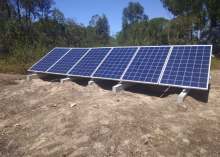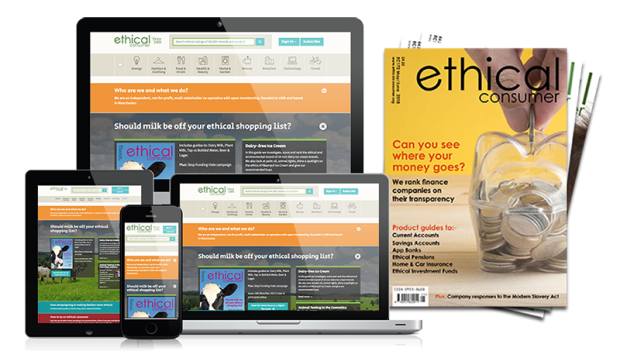For years we’ve been promised cheap, unlimited power from renewables, yet somehow our bills always go up and up. Well now there is a new kind of ‘smart tariff ’ that highlights when renewable power is cheapest - but if you’re already bamboozled by energy bills maybe think twice before reading on!
Most energy companies bill a standing charge and a standard rate for the electricity we use. But many will be familiar with Economy 7 (or 10) where householders have two tariffs, a high rate for peak times, and a low rate charged during the night or in the middle of the day.
These tariffs were introduced by grid companies to reduce energy use at peak times when the demands on the system are higher - and have proved very effective. Smart tariffs have now emerged thanks to the two ‘d’s of digitalisation and decarbonisation, and are putting the logic of Economy 7 on steroids.
Instead of tariffs changing once or twice a day they can change every half hour and the tariffs themselves change every single day with notifications issued the day before. Renewable electricity generation is growing and at certain times of the day or year there are huge excesses of renewable power i.e. when it’s windy and/or sunny and demand is generally low.
At these times electricity becomes extremely cheap, there are even instances where energy generators pay suppliers to take their power in order to avoid penalty charges. Digitalisation in our homes means that energy suppliers now have a really good understanding of when we use electricity and can predict and verify this.
Who will benefit?
Smart tariffs mean that those who can be more flexible with their energy use can benefit from these hour by hour changes in prices. These are people with smart meters, large flexible electricity loads - think electric vehicles, batteries, heat pumps etc. and ideally the ability to automate use, for example, some battery chargers can integrate with energy supplier systems in order to track the price changes and start charging at trigger prices.
In reality, this is a limited number of householders and there are currently only a handful of tariffs like Octopus Agile and Bulb Smart Tariff, but as electric vehicles and batteries become more popular and more people install heat pumps we can expect both demand and supply to grow further.
One nagging fear, highlighted in a new project, Smart and Fair, from the Centre for Sustainable Energy is that de facto, such tariffs favour wealthier consumers with more equipment.
It’s a challenge to Ofgem and campaigners to ensure we don’t end up in a nightmare scenario where lower income households are stuck on high, static tariffs whilst richer ones flex their demand to catch low prices.





